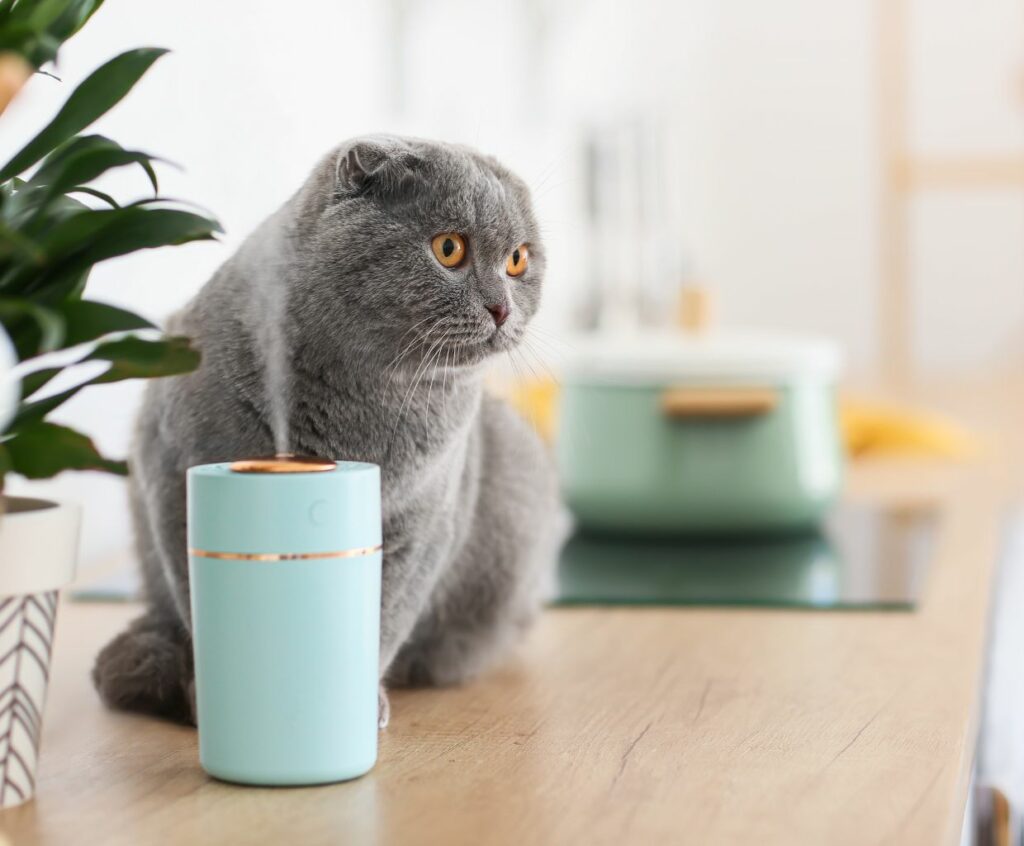Humidifier lung, also known as humidifier-associated lung injury (HALI) or humidifier fever, is a condition that can occur when bacteria, molds, or other harmful substances are released into the air by a humidifier.
These contaminants can be inhaled and cause lung inflammation, leading to respiratory symptoms.
Content Summary
How Long Does It Last?
The duration of a humidifier lung can vary depending on several factors, including the individual’s overall health, the severity of the condition, and the effectiveness of treatment. In most cases, symptoms of humidifier lung typically resolve within a few days to a couple of weeks with proper medical care.
Acute Humidifier Lung
Acute humidifier lung refers to the initial onset of symptoms, which can include coughing, wheezing, shortness of breath, fever, and chest tightness. With appropriate treatment, such as removing the source of contamination and supportive care, acute humidifier lung symptoms usually improve within a week or two.
Chronic Humidifier Lung
In some cases, humidifier lung can become a chronic condition if the underlying cause is not addressed or if the individual continues to be exposed to contaminated air from the humidifier. Chronic humidifier lung may result in persistent respiratory symptoms and require long-term management to alleviate symptoms and prevent further complications.
Can It Be Prevented?
Prevention is vital when it comes to humidifier lung. To reduce the risk of developing this condition, it is essential to properly clean and maintain your humidifier regularly. Follow the manufacturer’s instructions for cleaning and disinfecting the device, and change the water daily to prevent the growth of bacteria and molds.
In addition, using distilled or demineralized water in your humidifier instead of tap water can help minimize the presence of minerals and impurities that can contribute to the growth of harmful microorganisms. It is also important to keep the humidity level in your home within a healthy range (around 30-50%) to discourage the growth of molds and bacteria.
When to Seek Medical Attention?
If you experience symptoms such as persistent cough, difficulty breathing, chest pain, or fever that do not improve within a few days, it is essential to seek medical attention. A healthcare professional can evaluate your symptoms, perform necessary tests, and provide appropriate treatment to help manage humidifier lung and prevent complications.
How is humidifier lung diagnosed and treated by healthcare professionals?
Humidifier lung, also known as hypersensitivity pneumonitis or humidifier fever, is diagnosed and treated by healthcare professionals in the following ways:
Diagnosis:
1. Medical History: The healthcare professional will ask about the patient’s symptoms, exposure to humidifiers or other potential triggers, and any relevant medical history.
2. Physical Examination: The healthcare professional may perform a physical examination, including lung auscultation and checking for signs of respiratory distress.
3. Imaging Tests: Chest X-rays or CT scans may be conducted to evaluate the lungs for abnormalities.
4. Lung Function Tests: These tests help assess lung capacity and identify any breathing abnormalities.
5. Blood Tests: Blood samples may be taken to assess for elevated levels of specific antibodies that can indicate hypersensitivity pneumonitis.
Treatment:
1. Removal of Trigger: The healthcare professional will advise the patient to avoid further exposure to the trigger, in this case, the humidifier or contaminated water.
2. Medications: Depending on the severity of symptoms, medications such as corticosteroids may be prescribed to reduce inflammation and alleviate symptoms.
3. Oxygen Therapy: In severe cases where oxygen levels are low, supplemental oxygen therapy may be necessary.
4. Pulmonary Rehabilitation: This involves exercises and techniques to improve lung function and manage symptoms.
5. Supportive Care: Healthcare professionals may provide support and advice on managing symptoms and preventing future episodes.
It is essential for individuals experiencing symptoms of humidifier lung to seek medical attention for proper diagnosis and treatment.
Are there any preventive measures or precautions individuals can take to avoid developing a humidifier lung?
Some preventive measures and precautions individuals can take to avoid developing humidifier lung include:
1. Clean and maintain the humidifier regularly: Follow the manufacturer’s instructions for cleaning and disinfecting the humidifier. Regularly clean and change the water and filters to prevent the growth of bacteria and mold.
2. Use distilled or demineralized water: Tap water can contain minerals that can promote the growth of bacteria and mold in the humidifier. Using distilled or demineralized water can help reduce this risk.
3. Maintain proper humidity levels: Keep the humidity level in the room between 30-50%. Very high humidity levels can create an environment favorable for the growth of bacteria and mold.
4. Avoid overuse of the humidifier: Using a humidifier excessively can increase the risk of bacteria and mold growth. Follow the recommended usage guidelines provided by the manufacturer.
5. Avoid using a humidifier in damp rooms: Using a humidifier in a damp room, such as a basement, can increase the risk of mold growth. It is best to use the humidifier in well-ventilated areas.
6. Monitor for symptoms: Be aware of the symptoms of humidifier lung, such as coughing, wheezing, shortness of breath, and fever. If any of these symptoms develop, discontinue using the humidifier and seek medical attention.
7. Consider using a hygrometer: A hygrometer is a device that measures humidity levels. Using a hygrometer can help individuals monitor and maintain appropriate humidity levels in the room.
Remember, if you have any concerns about humidifier lung or its prevention, it is always best to consult a healthcare professional for personalized advice.
Humidifier lung, also known as humidifier-associated lung injury, can cause respiratory symptoms when harmful substances are released into the air by a humidifier. The duration of humidifier lung can vary depending on various factors, but with proper treatment, symptoms usually resolve within a few days to a couple of weeks.
Prevention is critical in avoiding humidifier lung, and regular cleaning and maintenance of the humidifier, as well as using distilled or demineralized water, can help reduce the risk. If symptoms persist or worsen, medical attention is essential for proper evaluation and treatment.


